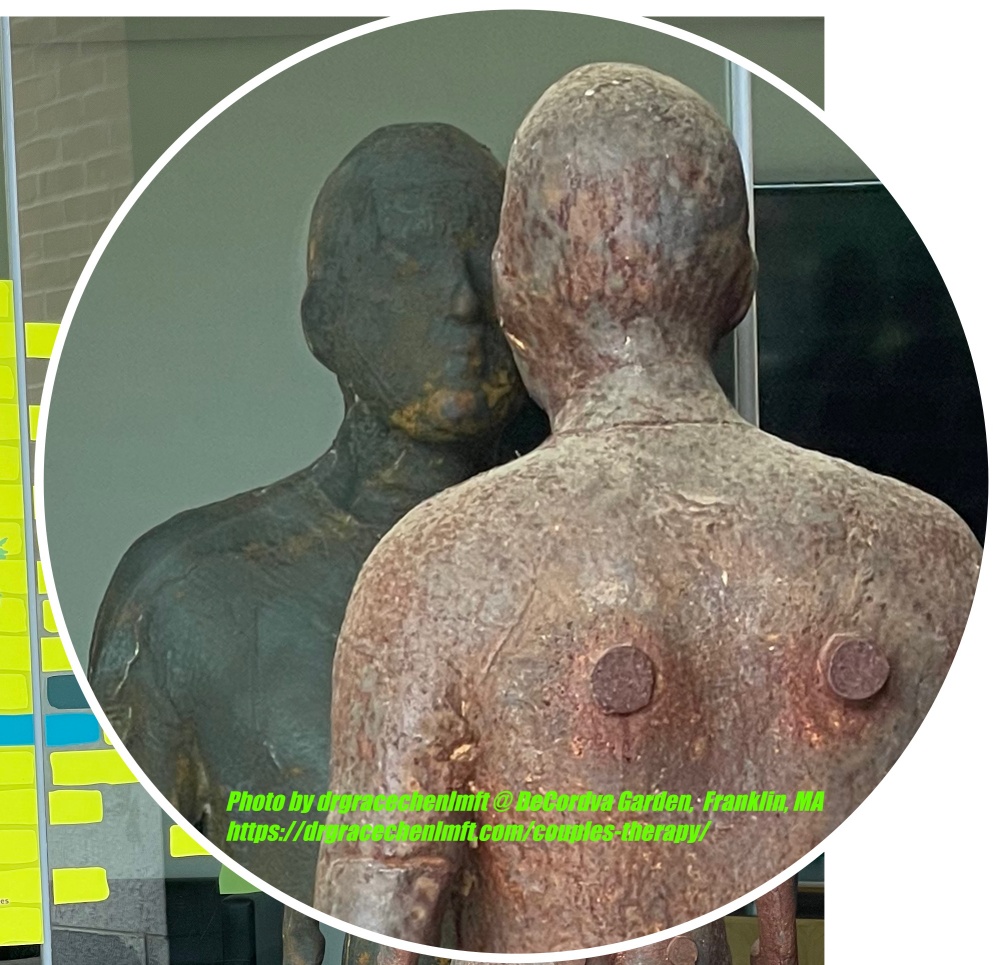I apologize if I lost you in the previous section. That’s the main reason I put the Polyvagal Theory away for quite a few years. I can’t fully understand Dr. Porges’ writing. Through various trainings and readings, I aim to convey the essence of Polyvagal Theory in simple terms, making it easier for you to understand.

The Polyvagal Theory describes the autonomic nervous system (ANS) as having three main pathways or circuits, which are uniquely organized based on their evolutionary development. These are not just abstractions; they correspond with specific neural structures in the brainstem and spinal cord. Consider these three pathways as different “states” your nervous system can occupy, with each one supporting various behaviors and physiological functions.
The three autonomic subsystems are:
- Dorsal Vagal: This is the most ancient pathway among the three pathways. This system supports immobilization. When the nervous system perceives an overwhelming, life-threatening threat (the lowest level in the hierarchy), this system can trigger a “shutdown” response. This can manifest as feigning death, freezing, behavioral shutdown, and potentially dangerous drops in heart rate (bradycardia), blood pressure, and metabolic rate.
- Sympathetic: This system is responsible for mobilization. When the newest social engagement system is inhibited due to a neuroception of danger, the sympathetic nervous system is activated, preparing the body for fight-or-flight behaviors. This involves increasing heart rate and respiration, tensing muscles, and diverting resources from non-essential functions.
- Ventral Vagal: This is the most recent evolutionary development in mammals. It functionally connects the vagal regulation of the heart (acting like a “vagal brake” to slow the heart rate and calm the system rapidly) with the nerves controlling the muscles of the face and head involved in social behaviors, such as making eye contact, listening to voices, facial expressions, and vocal tone. When this system is active (which happens when your nervous system unconsciously detects cues of safety through a process called neuroception), it supports calm behavioral states, facilitates social communication and connection, and supports health, growth, and restoration.
In summary, Polyvagal Theory explains that these three systems work together hierarchically: starting with the newest vantral vagal for social engagement and calm in safe environments, shifting to the sympathetic system for mobilization (fight/flight) in response to danger, and, if those aren’t successful or the threat is overwhelming, collapsing into the oldest unmyelinated vagal state for immobilization or shutdown. Understanding these distinct pathways and their functions helps explain a wide range of human behaviors and physiological responses to stress, trauma, and social interaction.
